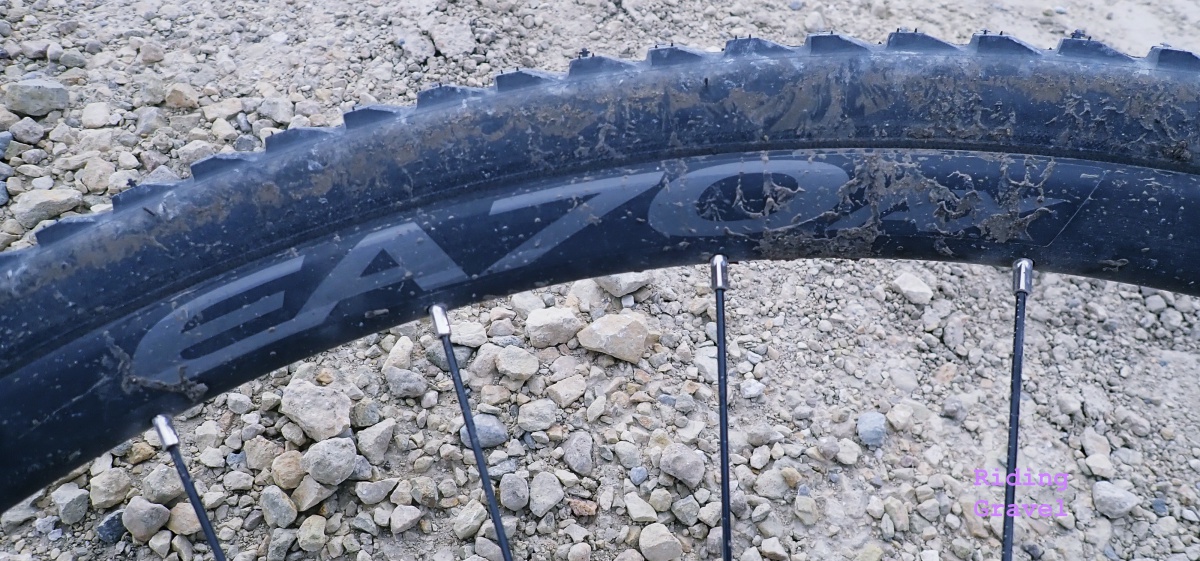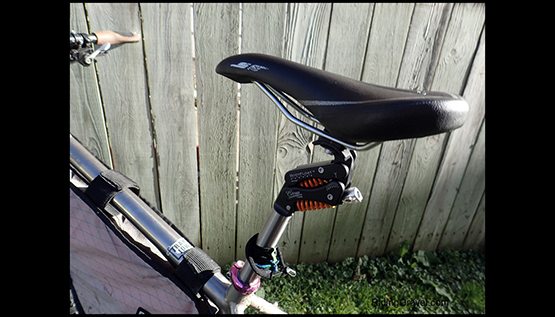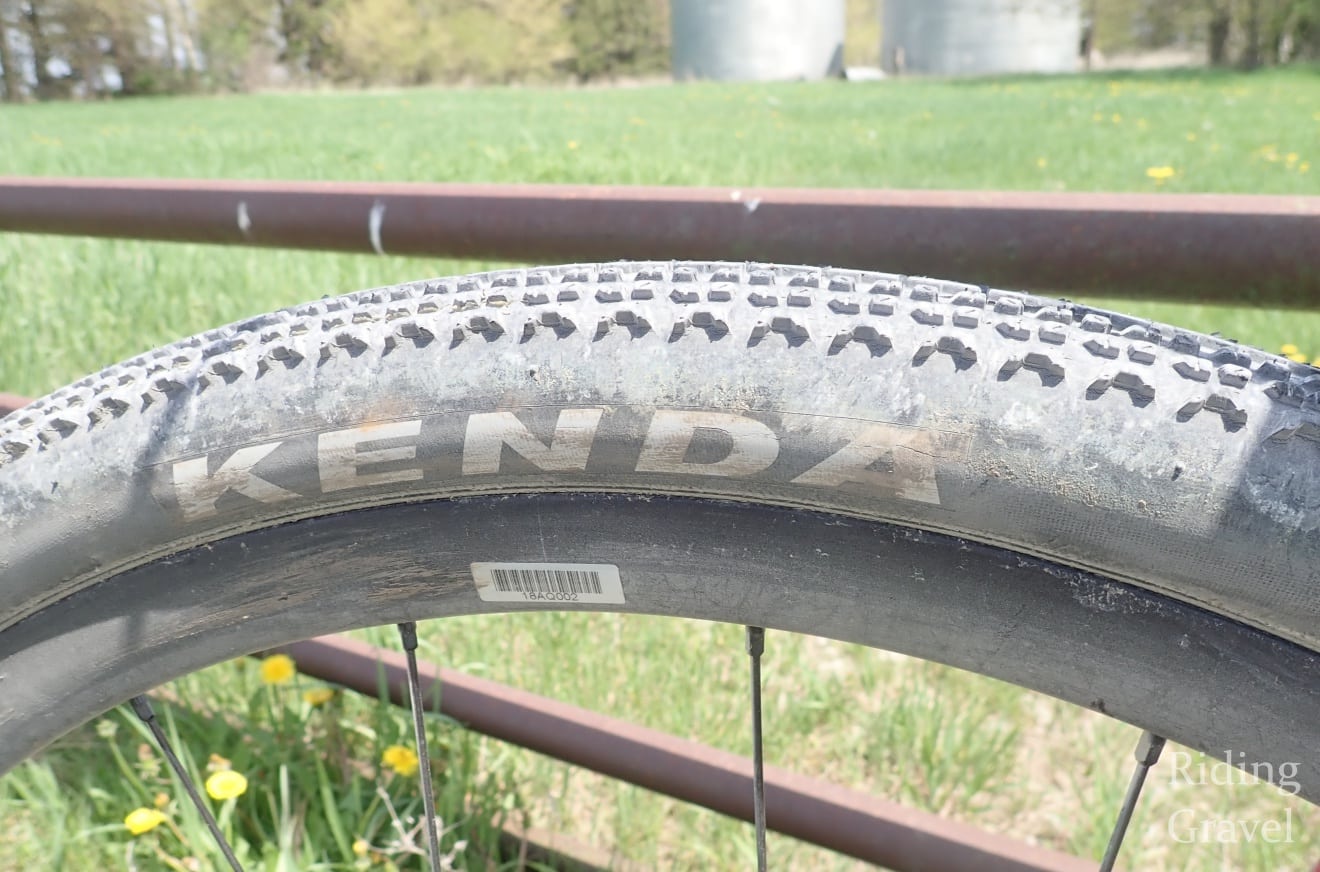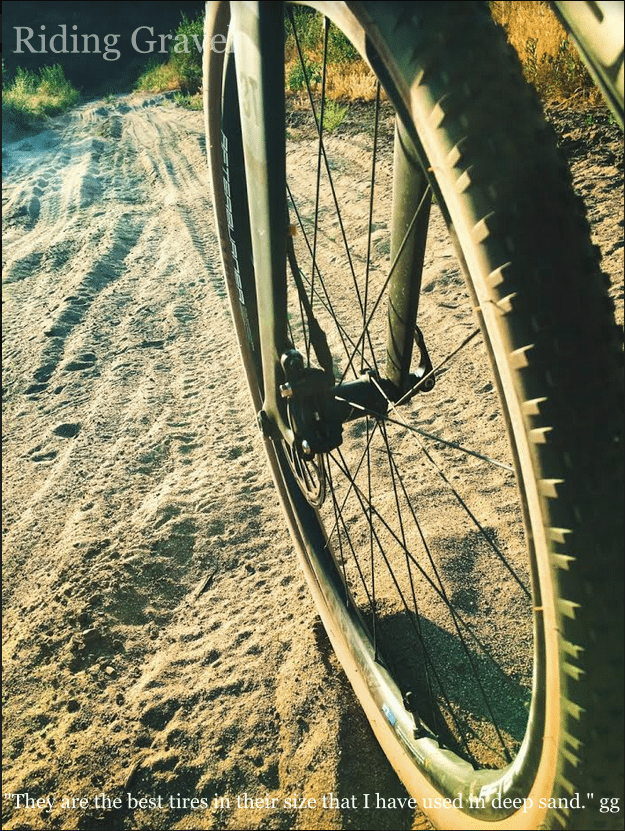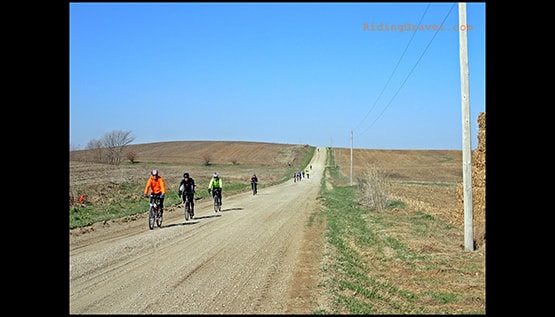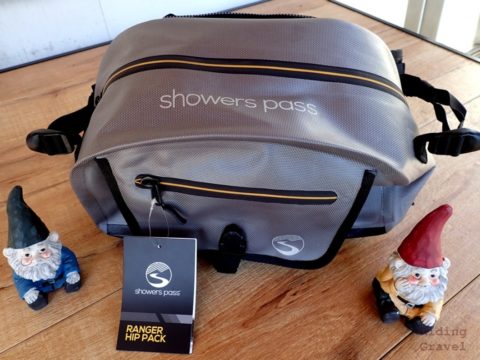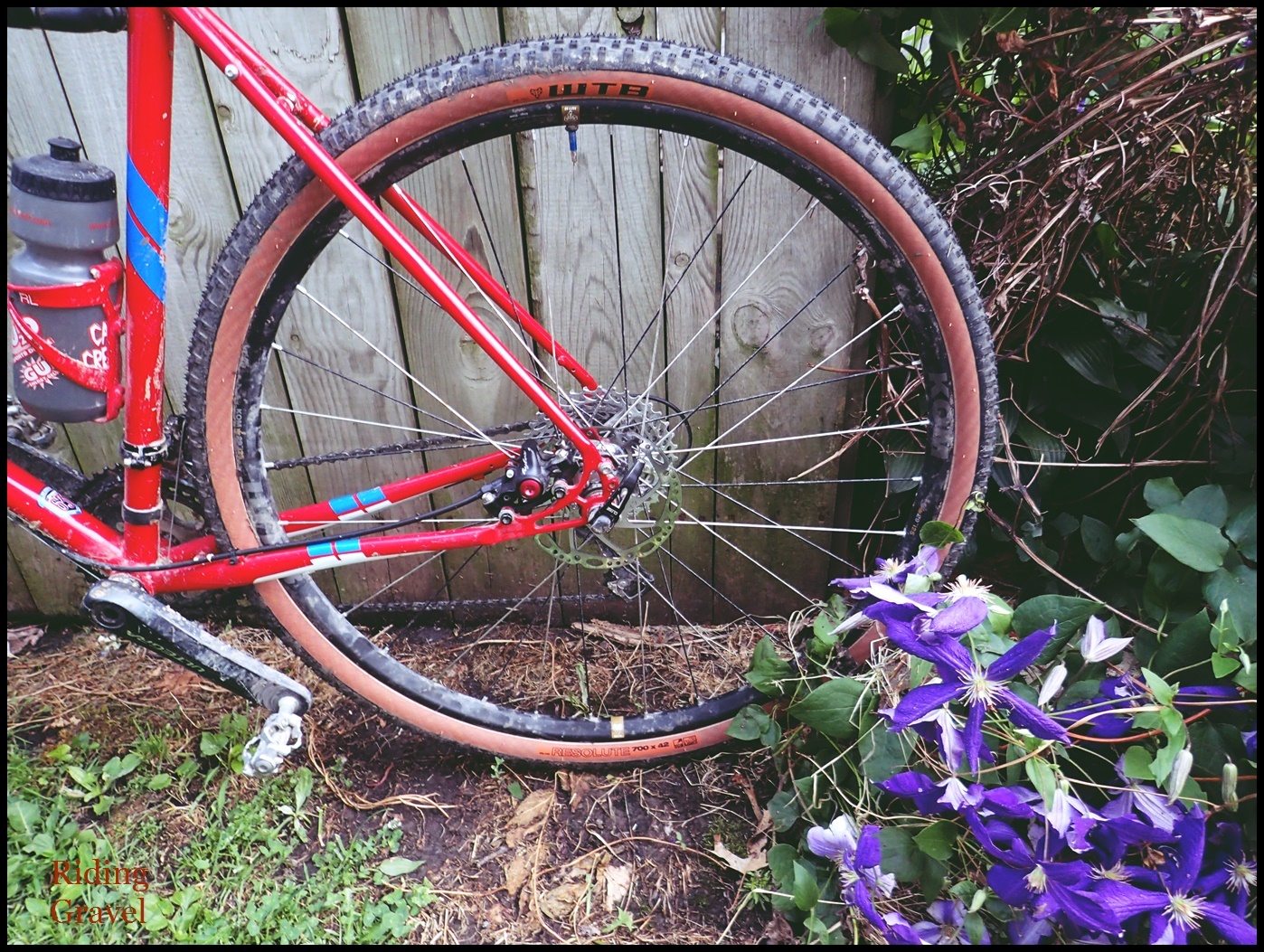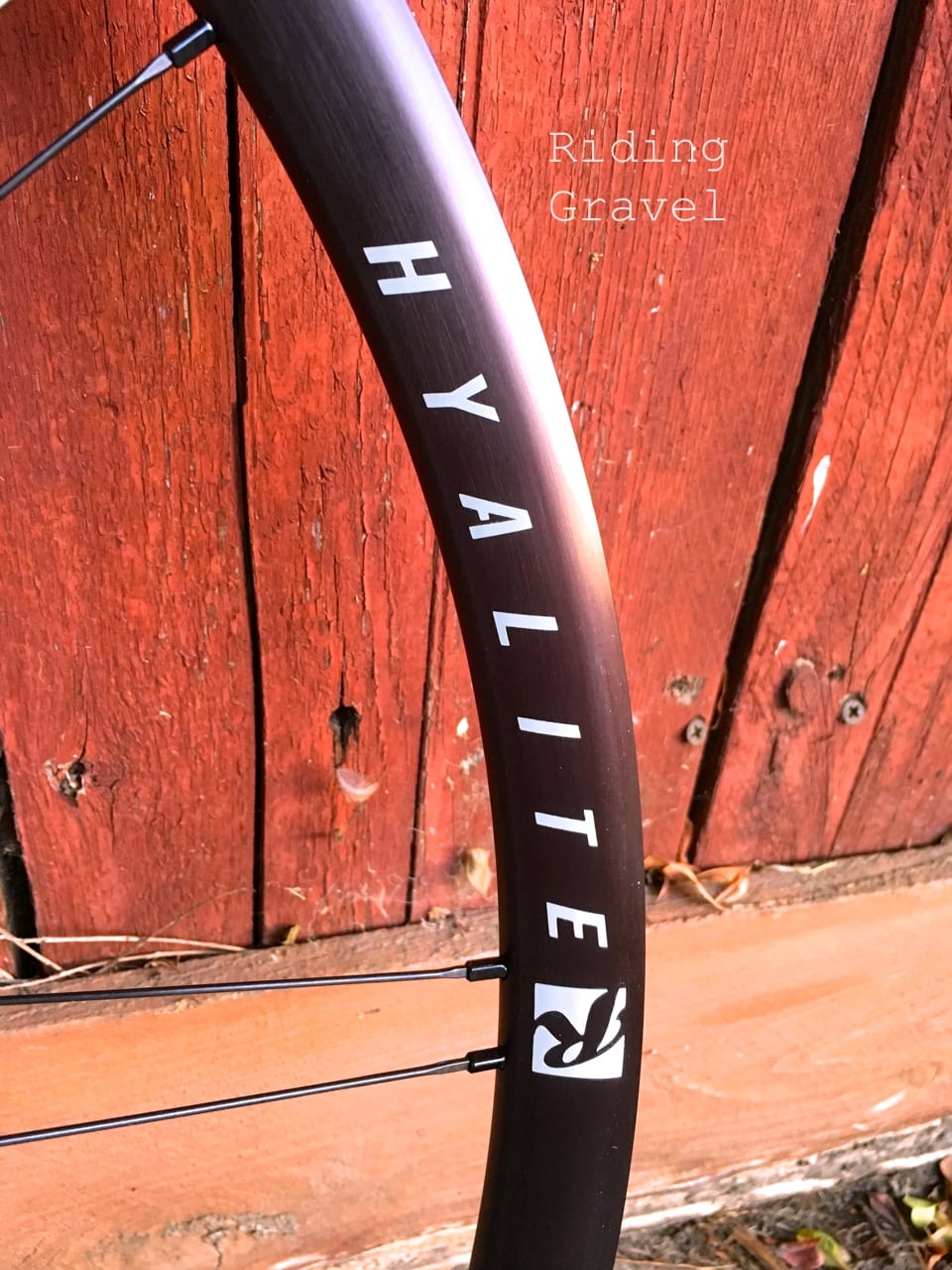<Back to News Home |
Early in June we showed you the Orange Sealant bottles received at the Riding Gravel headquarters. We also told you a bit about the stuff here. Now it is time to see if this stuff really is as good as people have been telling us it is. (And lots of you have said that.) Now of course, having sealant in your tires for a little over a month isn’t the “true test” of a sealant, as it is good to know how long a sealant will last in your tires as well. It just so happens that we have that covered as well.
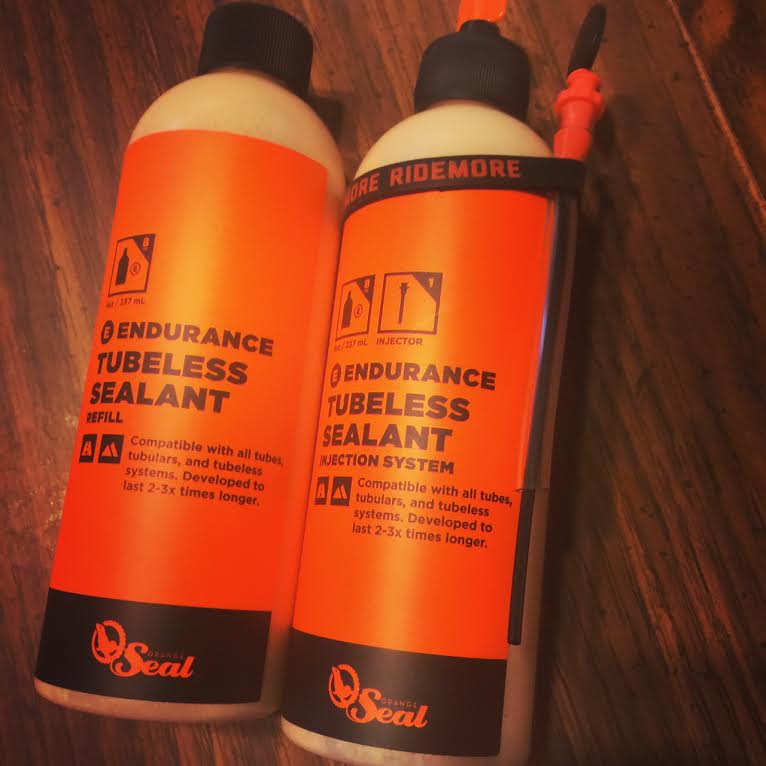
Many of you may know that the Dirty Kanza 200 is sponsored by Orange Seal and that you could get your tires set up with the stuff at the pop up store Sunflower Outdoor and Bike put up in the expo center there in downtown Emporia. Well, I had a tire failure down there and bought a set of Teravail Sparwoods which I then had the Sunflower Outdoor and Bike employee set up with Orange Seal. That was three plus months ago now and it is time to check on how the sealant is doing.
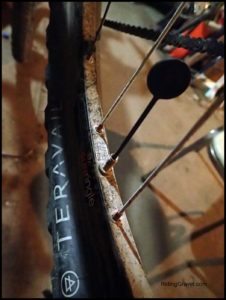
Orange Seal has this little stick which they recommend that you use like a dipstick in a car engine’s crankcase. You must remove the valve core, and then after the wheel has sat with the valve at 6 o’clock for a bit, to allow the sealant to pool, you simply stick that tool in there to see how much sealant wets the stick after you remove it. I tried this on the Teravail Sparwoods which have been ridden consistently since the Orange Seal was installed the first week of June in several gravel events. I also used these wheels for commuting as well. So, the wheels have not just been sitting around by any stretch of the imagination. I have not noted any punctures during this time period, so as far as I am aware, there was no sealant loss due to a puncture.
What I found was that the little “dipstick”, which has a serrated edge to “grab” any sealant in there to indicate how much you have more accurately, showed about a 1/4″ of sealant. That’s pretty impressive for over three months of Summer time gravel riding. It would indicate that I still had a decent amount of wet sealant in the tire, but not what I would call a comfortable amount to seal a bigger hole. So, I took the opportunity to top off each tire with a couple ounces more each of Orange Seal.
This is not my first rodeo with Orange Seal, by the way. I was introduced to the product a few years ago back when I was doing mtb testing and reviewing. I had a bike sent over to review which came with tubeless tires deflated in order to get them into the box. The bead had actually come unseated on one wheel and I could see the pale, orange liquid inside, which I found out was Orange Seal. My contact encouraged me to simply try pumping up the tire, which to my complete amazement actually worked. The tires held air, never burped throughout the test, and I never suffered a flat tire during the testing period.
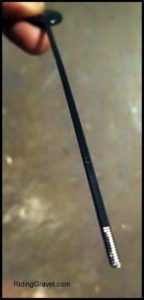
Finally, I was sent enough Orange Seal that I was able to set up a few sets of tires and so far all have been very good with little air leak down and no flats to report so far. Inflation and sealing beads with Orange Seal, seemed to me at any rate, to be easier than with other sealants I have tried, and I have tried a lot of sealants! I have not had any notable leaks due to punctures, nor any evidence of a potential flat that Orange Seal saved me from, so I’ll have to look out for that in the future and I will update this review if anything notable comes up.
At The Finish: Orange Seal has a good reputation amongst many cyclists and I can see why that might be. It has certainly impressed me with how it can seal up tire bead interfaces well. Air leak down over time is limited as well, which is good to see. I also was impressed with how this sealant lasted over a three month plus Summer run with a lot of gravel riding without drying up. I have seen other sealants show up dry shortly after three months and some even before that. It was quite apparent by the “dip stick test” that Orange Seal was going to last longer than three months quite easily. That is a benchmark for me to call a sealant good, as that is about what we see for lifespan from a very popular sealant whose name starts with an “S”. Obviously, the claim Orange Seal makes that its Endurance formula lasts longer is a good claim. Will it last two to three times longer than most? That is something we will have to look into around the end of the year.
Orange Seal is available at most local bike shops and from several online retailers. It can be had in 4oz, 8oz, or 32oz containers and a couple variations come with an “injector” hose to make introducing the sealant into a valve with the core removed a snap. For more details see Orange Seal’s website HERE.
Note: Orange Seal sent over the sealant product for test/review at no charge to RidingGravel.com and we are not being paid, nor bribed for this review. We will strive to give our honest thoughts and opinions throughout.


